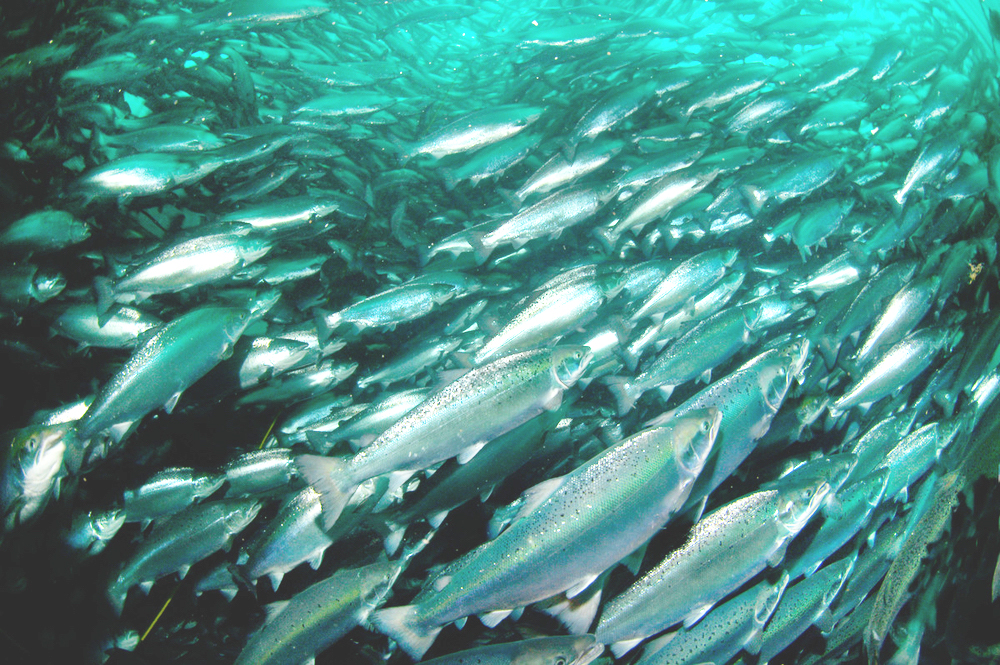 Have you ever wondered what our planet looks like from space? Perhaps it is a big blue ball? Or simply a cluster of land and water situated on a sphere? If you guessed that the most noticeable thing about the Earth when viewed from space are the lights, then you would be correct. When viewed from space, the outline of all major cities and countries are illuminated like neon signs by bright city lights. Interestingly, none of these lights are isolated from each other, but rather spread out over the globe like a glittering, golden web. There is no better image than this to show how technology has transformed this world into a global village.
Have you ever wondered what our planet looks like from space? Perhaps it is a big blue ball? Or simply a cluster of land and water situated on a sphere? If you guessed that the most noticeable thing about the Earth when viewed from space are the lights, then you would be correct. When viewed from space, the outline of all major cities and countries are illuminated like neon signs by bright city lights. Interestingly, none of these lights are isolated from each other, but rather spread out over the globe like a glittering, golden web. There is no better image than this to show how technology has transformed this world into a global village.
The current generation of young people is the group that is the face of how technology and social media have changed our world. We have become the generation that is more aware, more compassionate and more tolerant of all the things happening around us. However, there are always two sides to every coin. Social media and technology have elevated us and accelerated development in many areas. Unfortunately, they have not only changed the way in which a whole generation views the world; they have also resulted in the problem of the whole world being able to view you.
Now that we can be connected to millions of people at a time, it has become too easy for one’s privacy to be invaded. Even those who do not overshare or post personal details are required to take extra steps to ensure that they do not fall victim to any crimes.
Furthermore, there is a pressure that arises for teenagers to maintain an image of perfection at all times since this is what is often presented in social media to be “normal.” There is a wide mixture of mental health issues and social issues that bubble up from the collective misuse of social media and technology. There are unhealthy beauty standards and harmful messages that are constantly fed to young minds. What can we do to ensure that the ills of social media do not affect us without completely avoiding its use? How can we strike a perfect balance where we develop a generation that can harness the power of technology without being harmed by it?
Recently, I discovered an interesting fact about Salmon fishes. Most fishes can either survive only in saltwater or freshwater because of the manner in which their bodies are built. However, the Salmon species is quite different. Salmon fishes are anadromous, meaning they hatch in freshwater, but travel to saltwater bodies as they become adults. They have this ability to survive in both types of water because of the fact that they can transport salt out of their body when they are in saltwater and salt into their body while in freshwater, thus maintaining an equilibrium.
Perhaps we may adopt this rather interesting characteristic and use it to maintain an equilibrium when handling technology. When we are overwhelmed by the things we see online or feel that our privacy is being invaded, there is no harm in staying away from our devices for a while. On the other hand, when we notice that we seem to be lagging behind and we can use the internet or our phones to complete tasks more efficiently, there is no harm in using the technology available to do so.
The truth about every single tool available to us is that it can both be helpful or harmful depending on how much and how well we use it. Technology is, after all, a tool too. Perhaps our aim with technology should not be to use it to do as much as possible, but rather, to strike a balance between the beauty of mankind and the wonders of technology.
Renika Anand is currently a student at Marian Academy.






